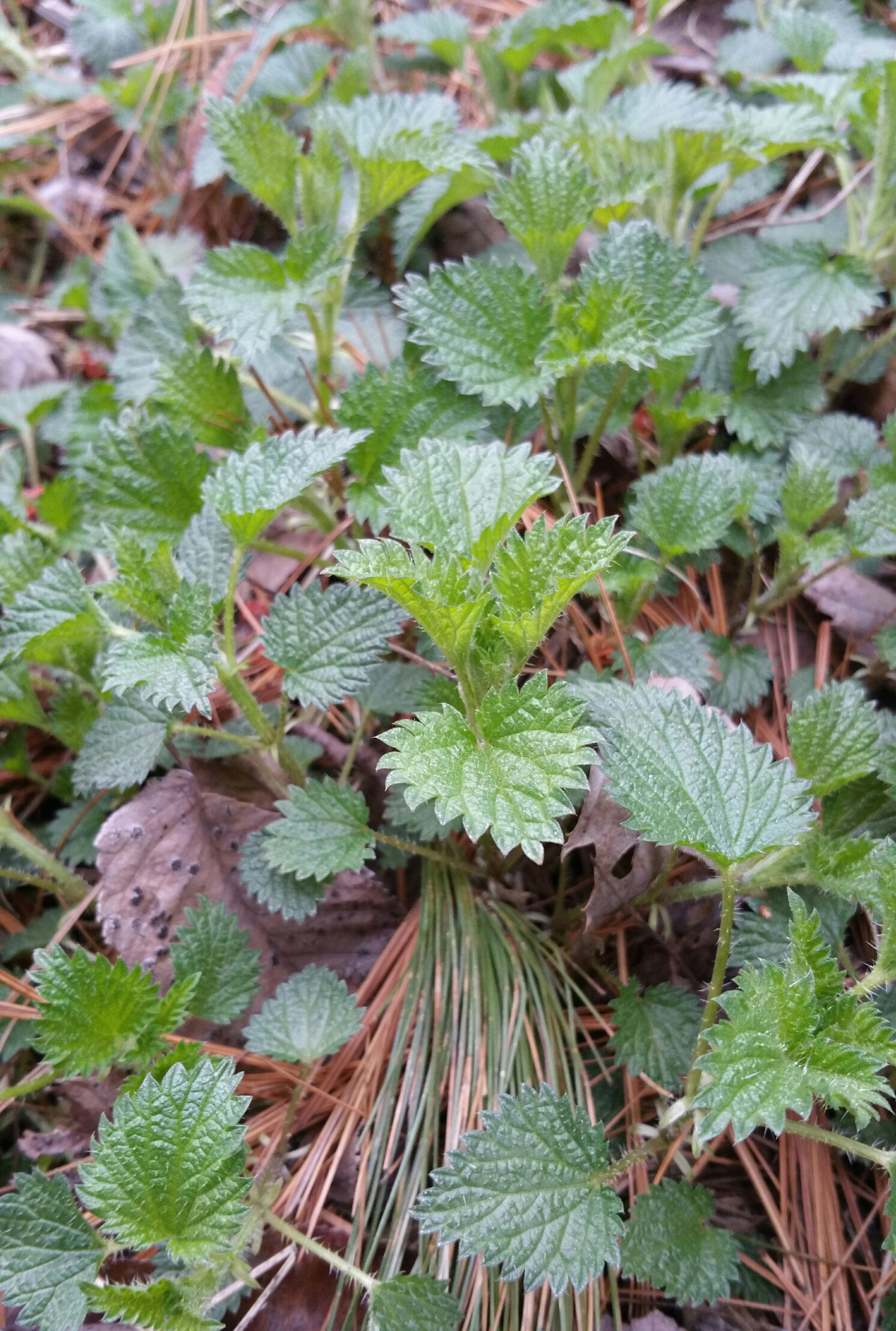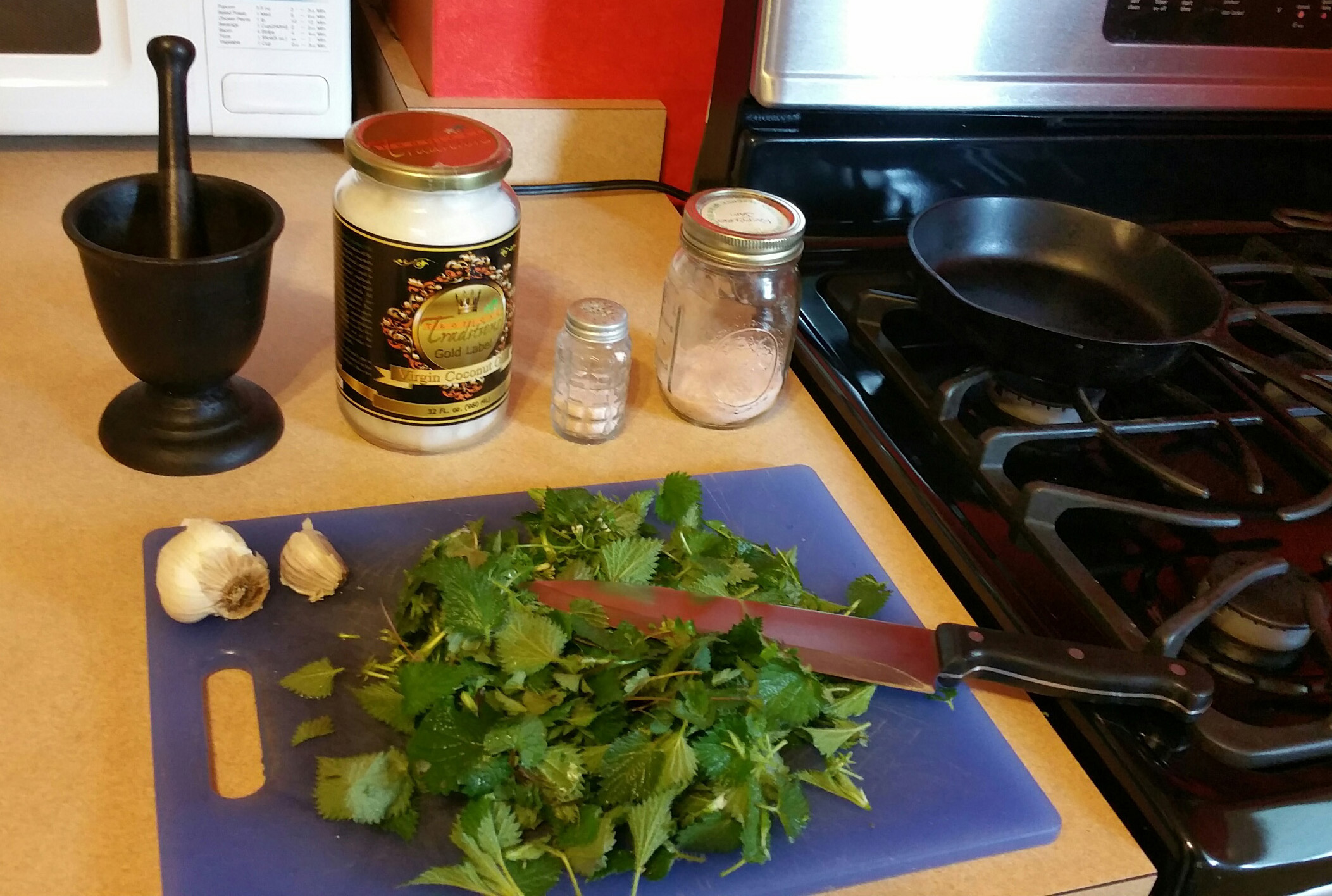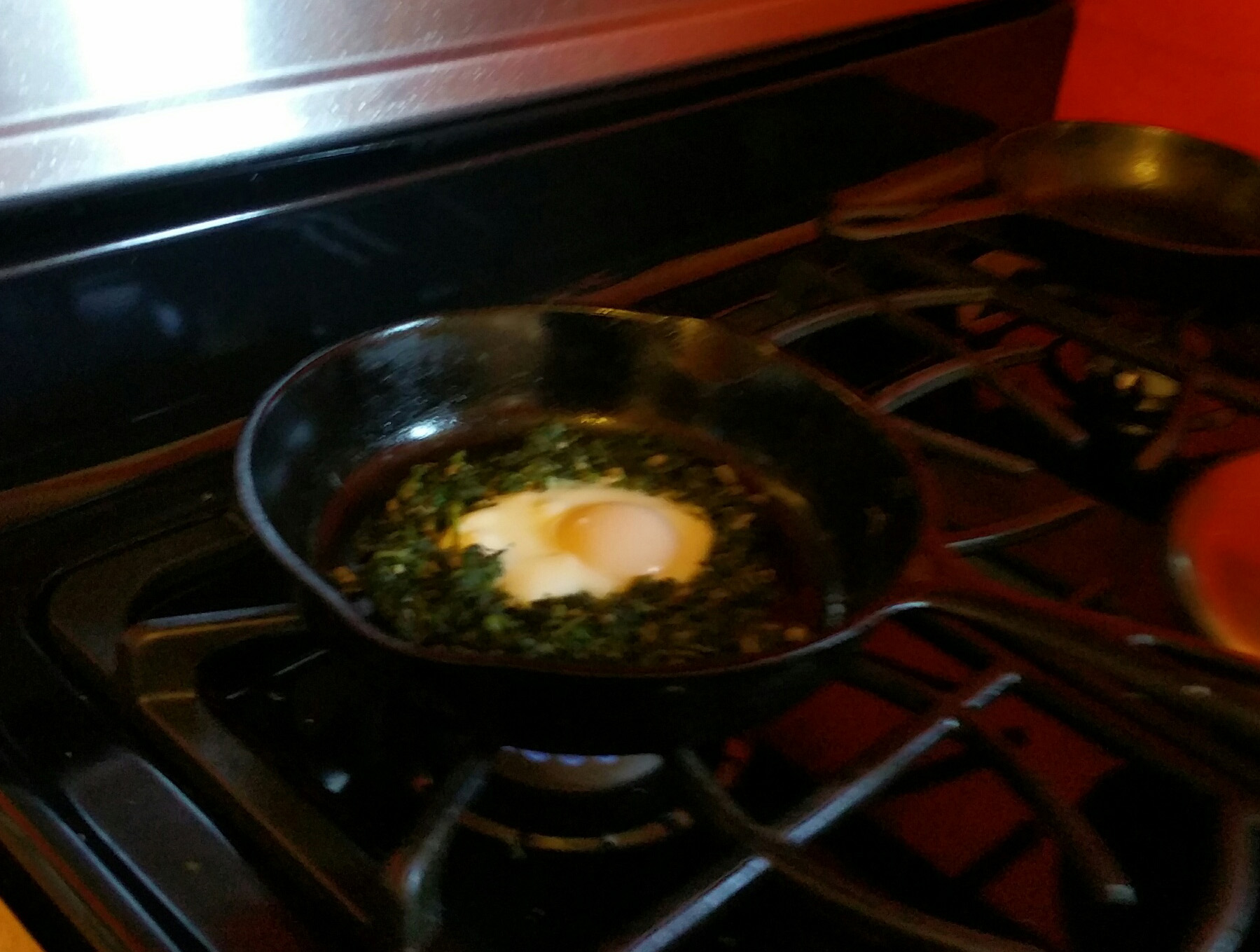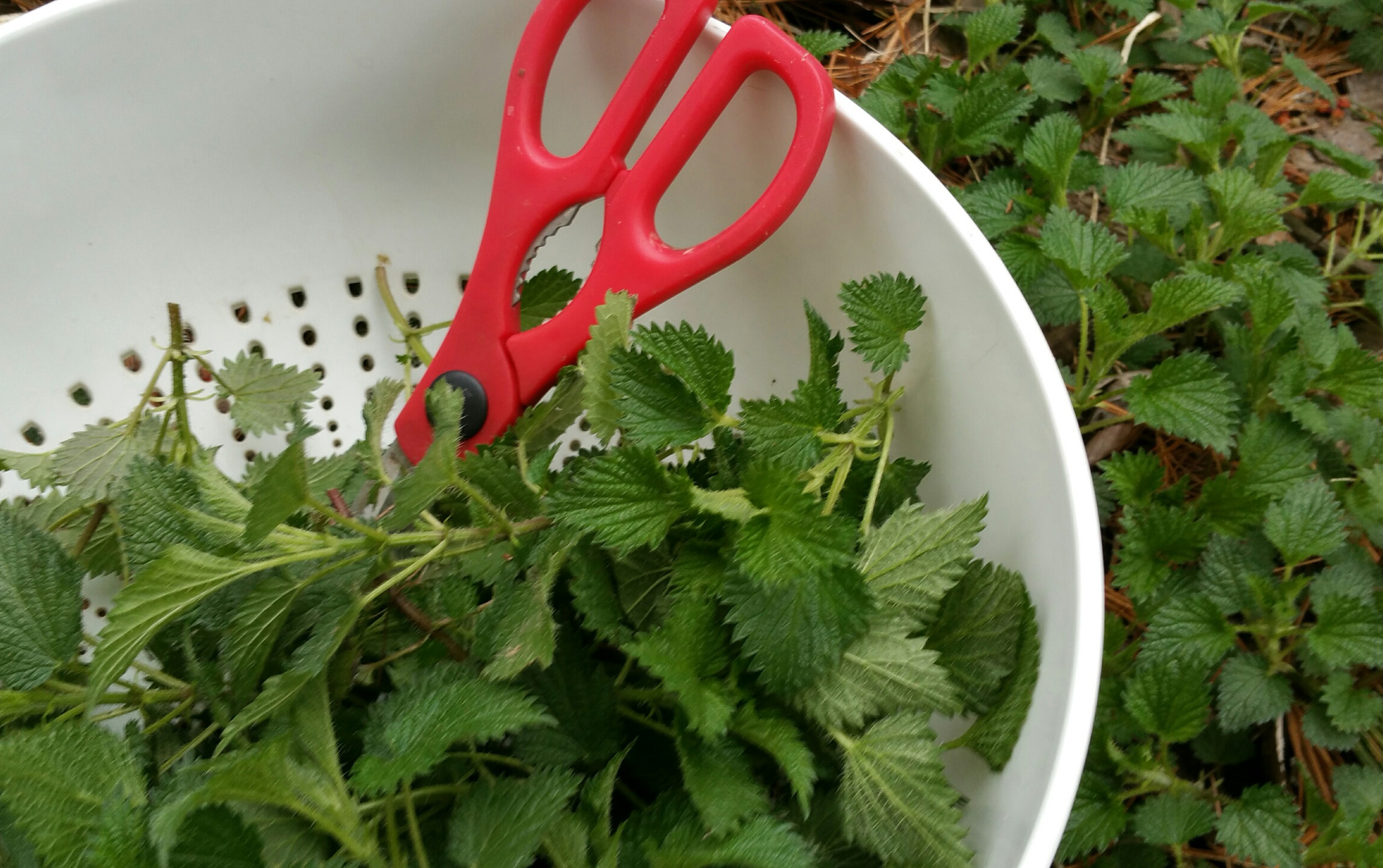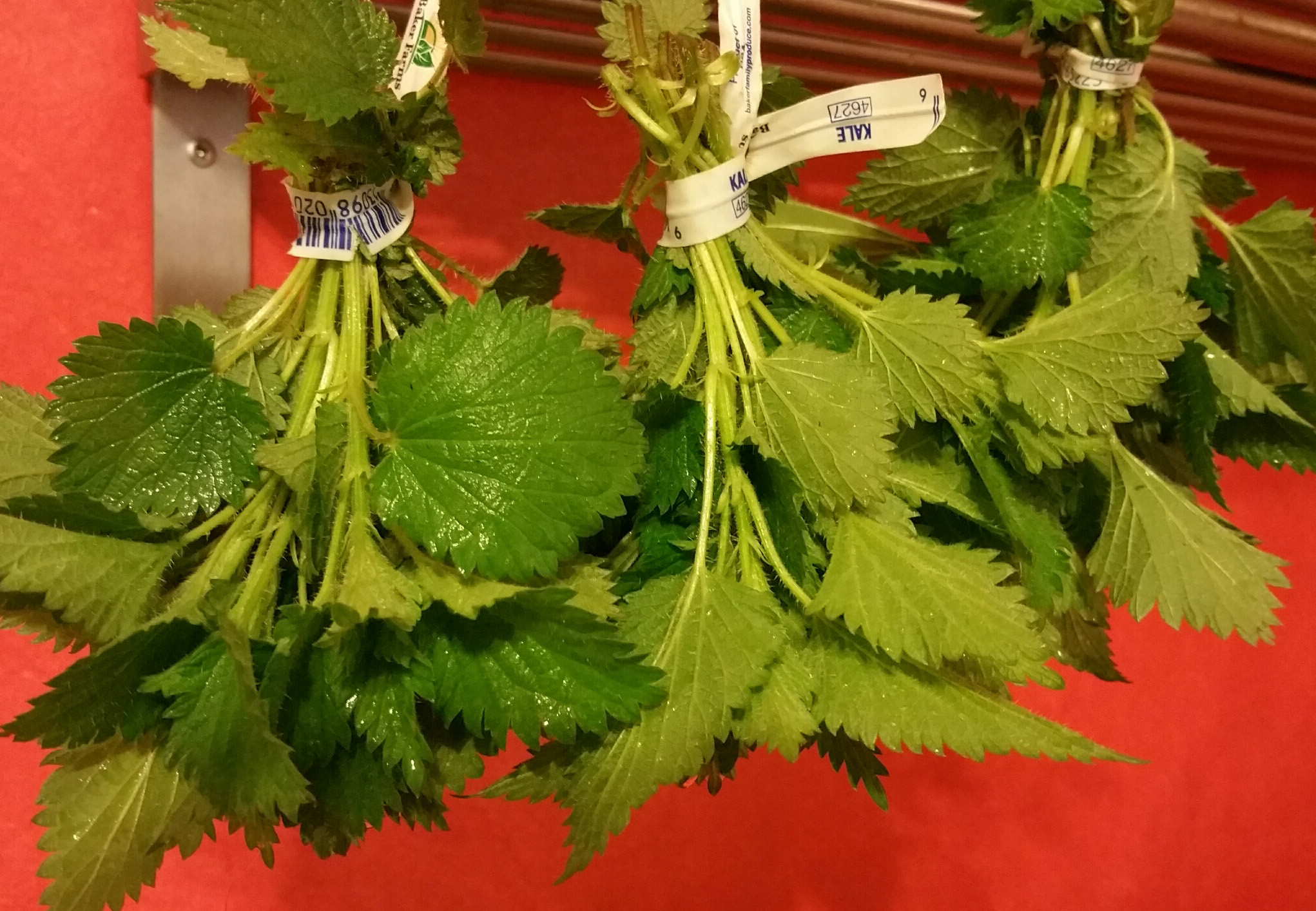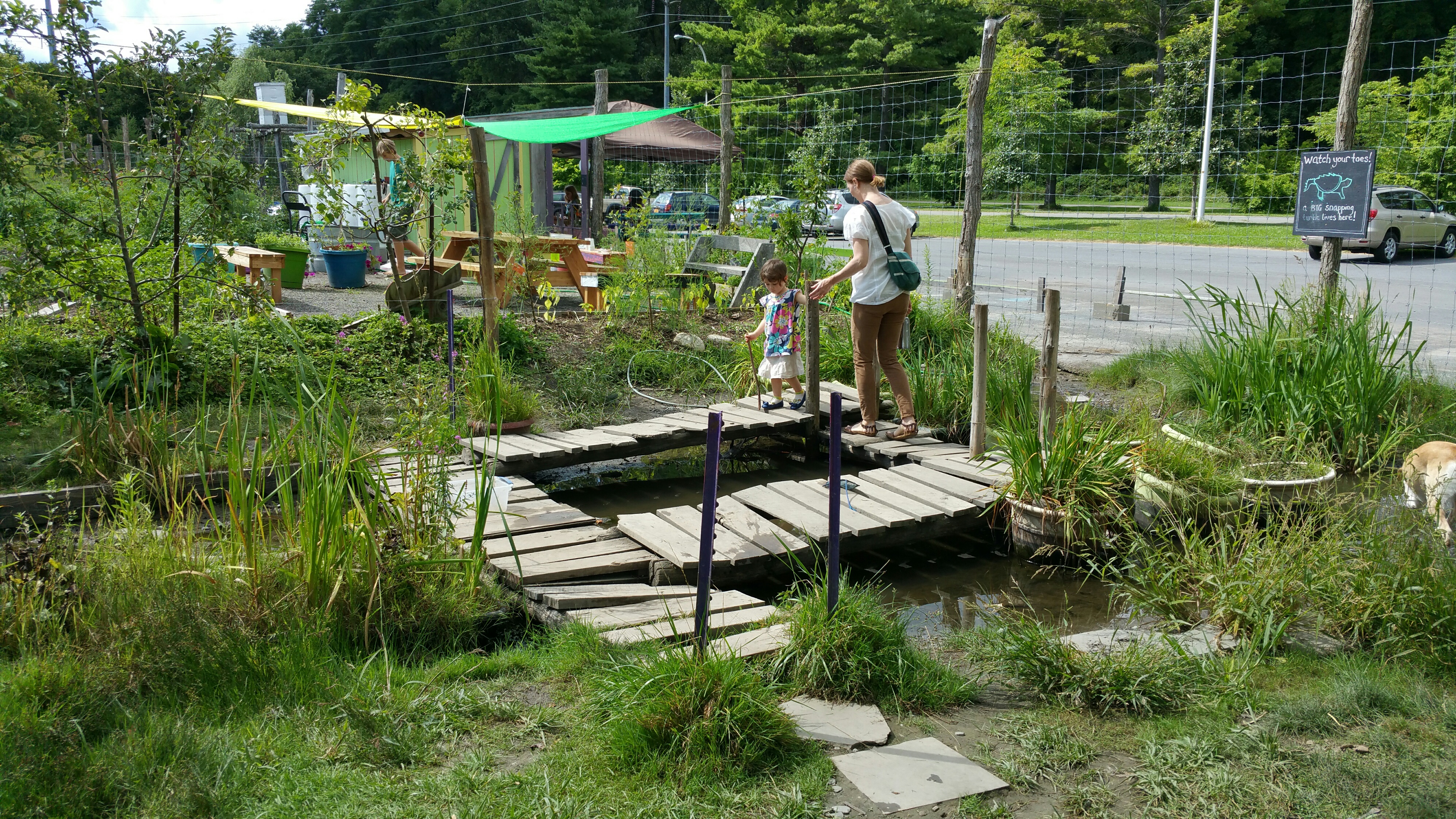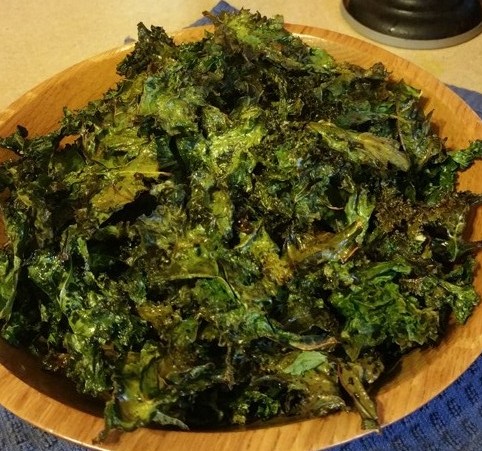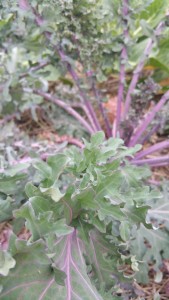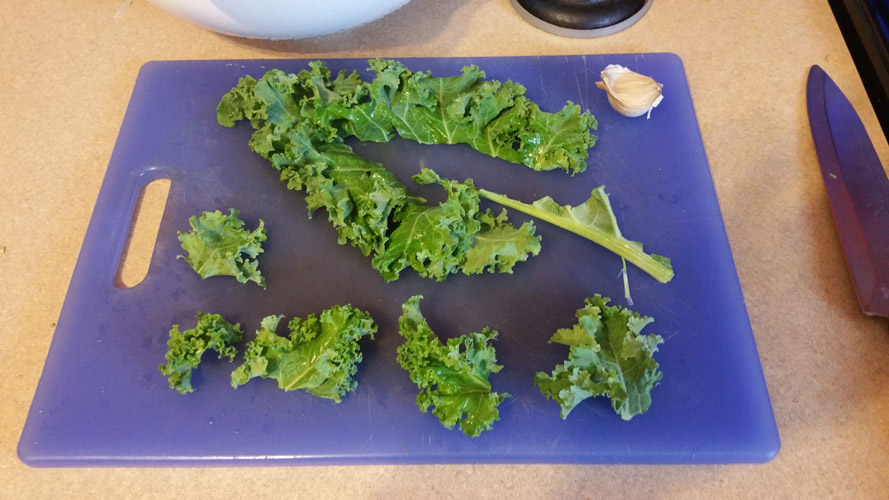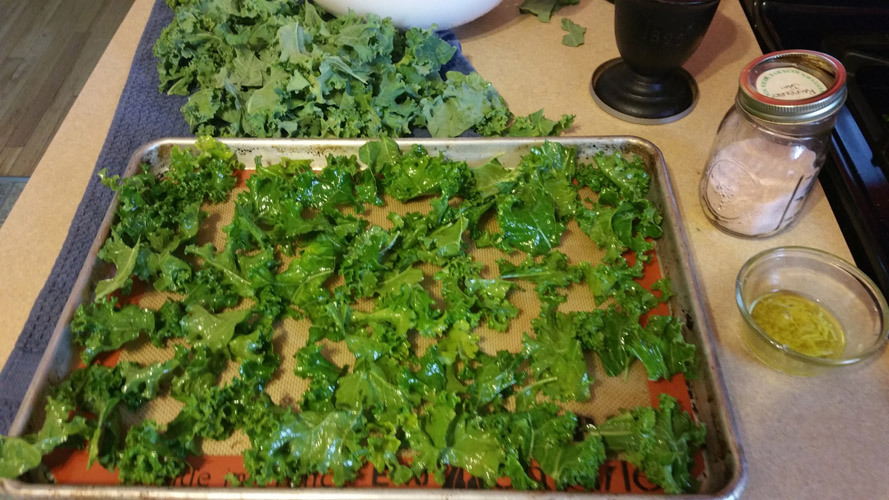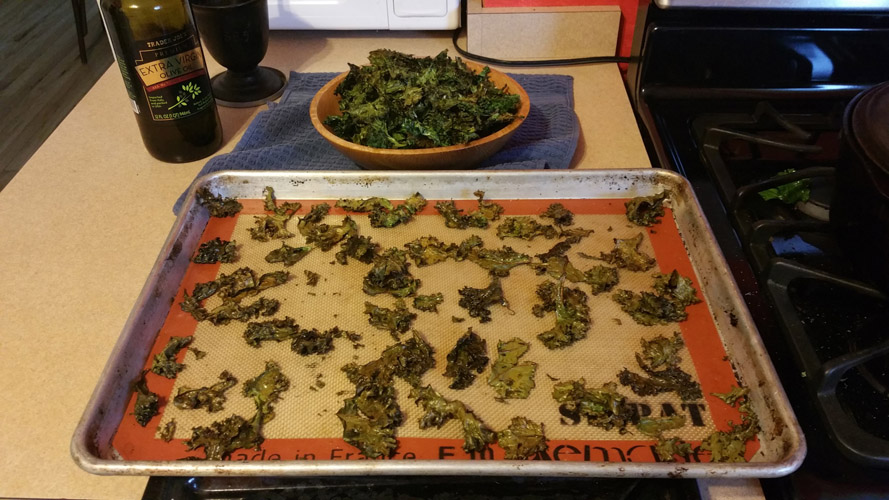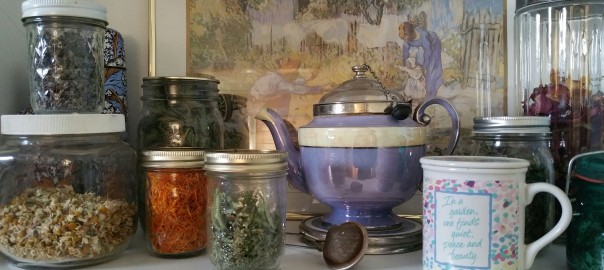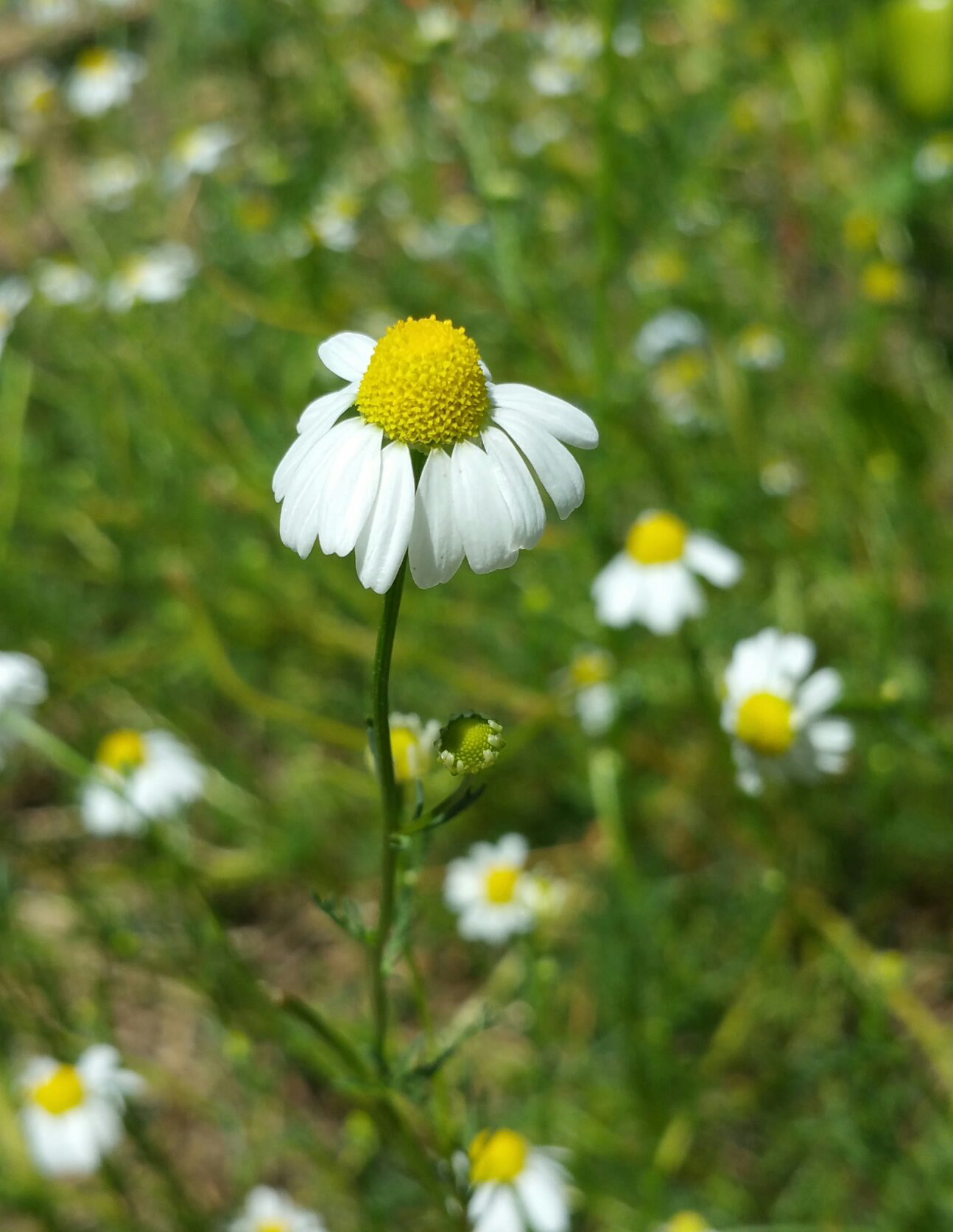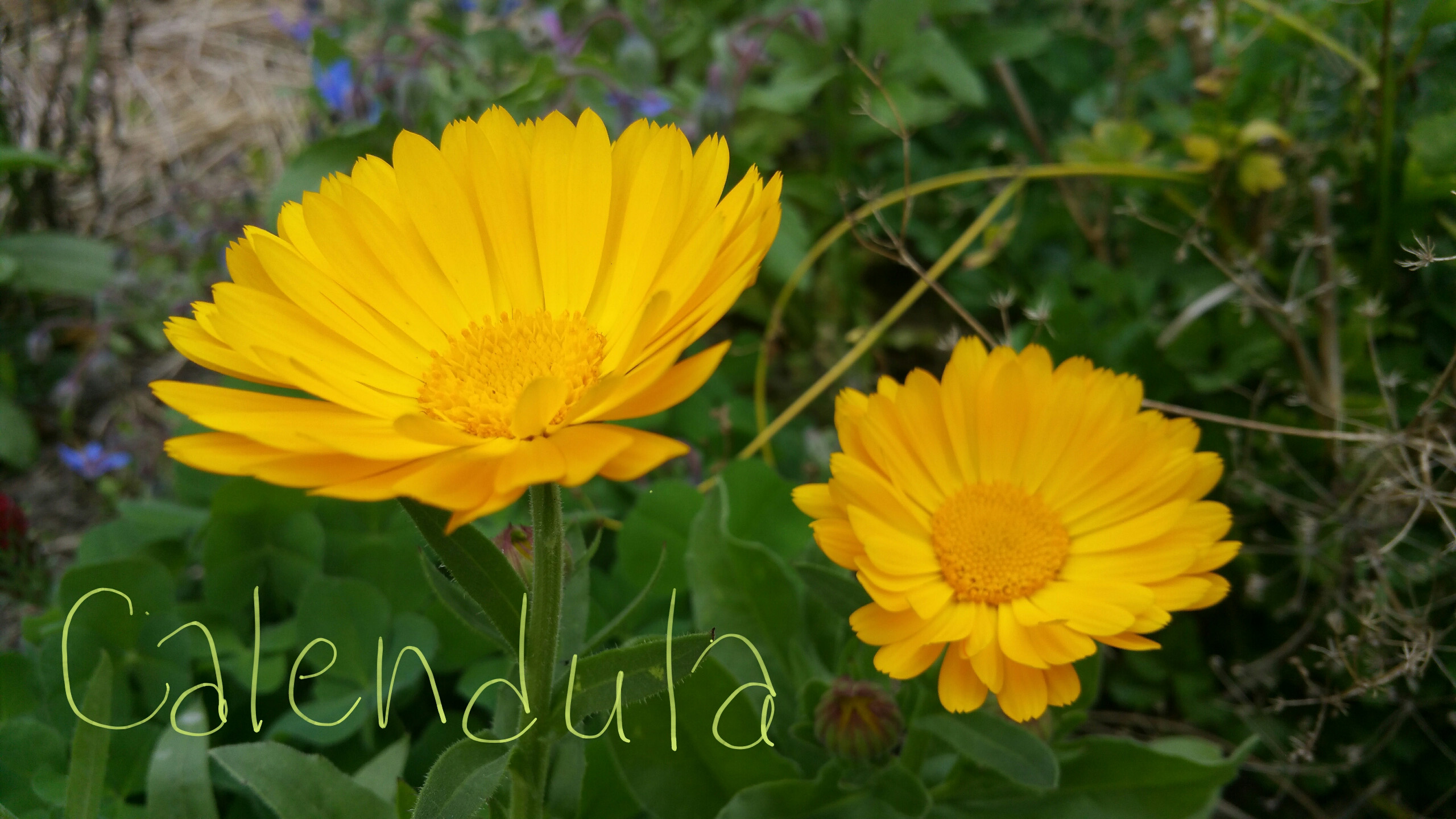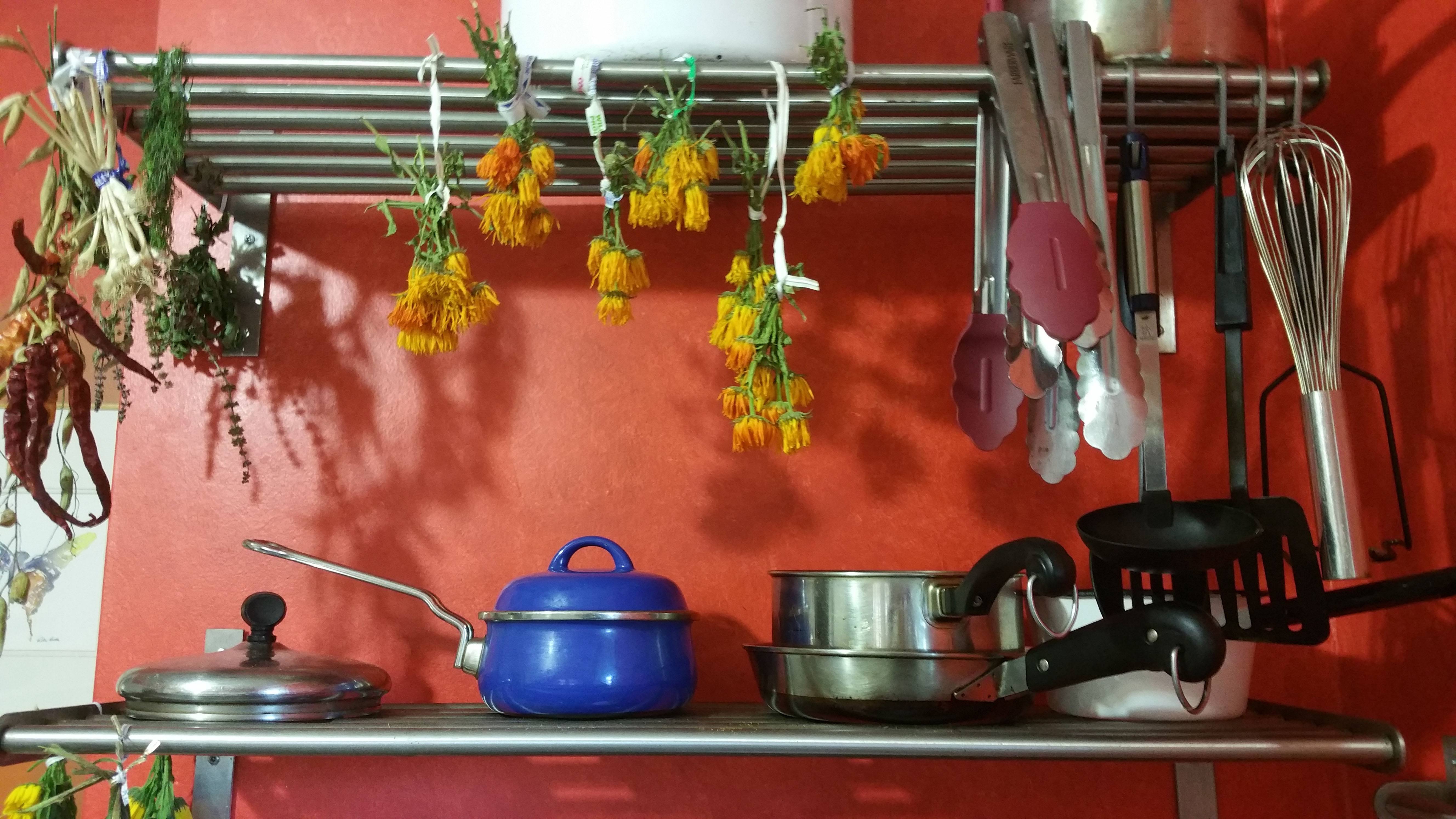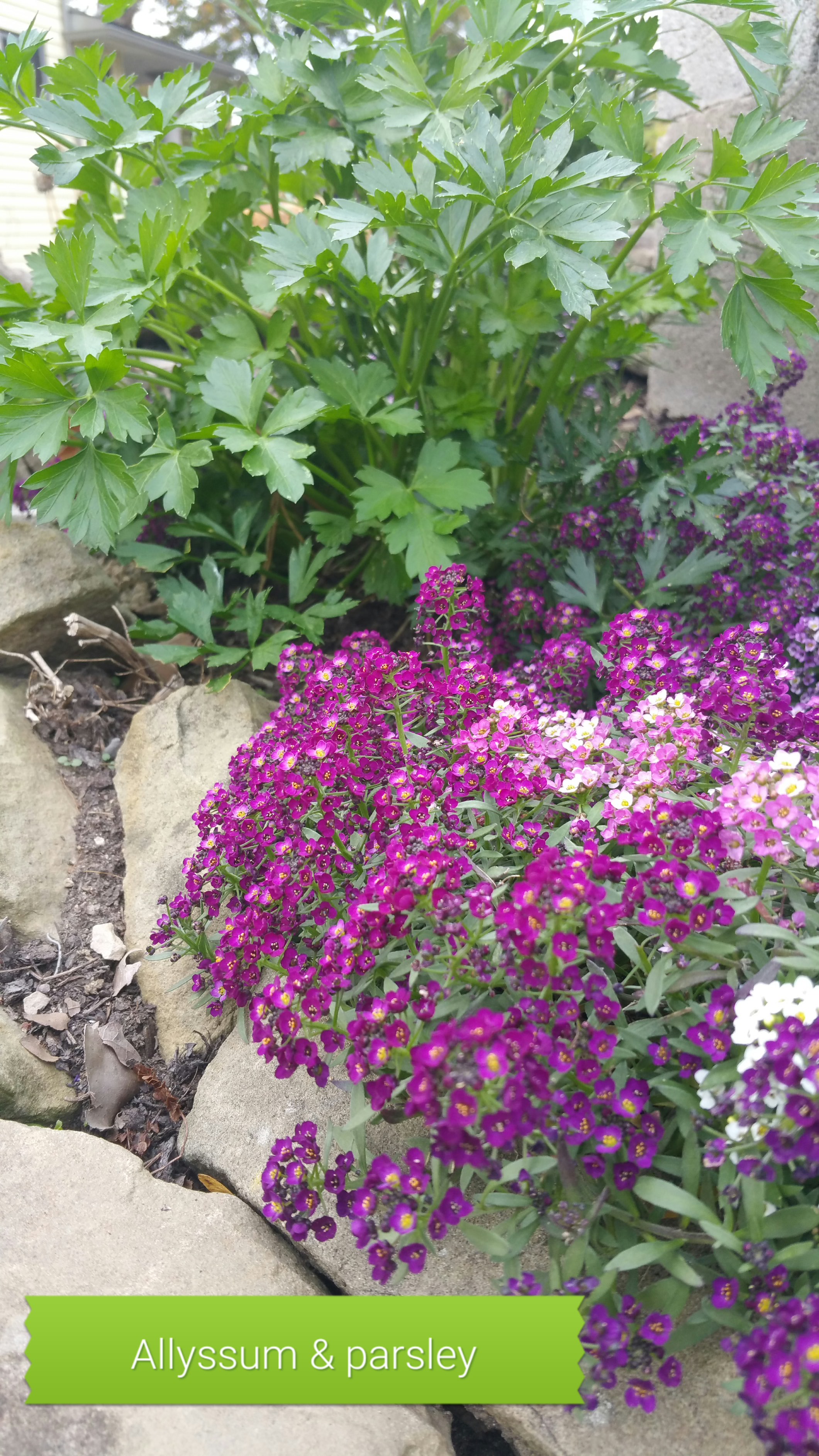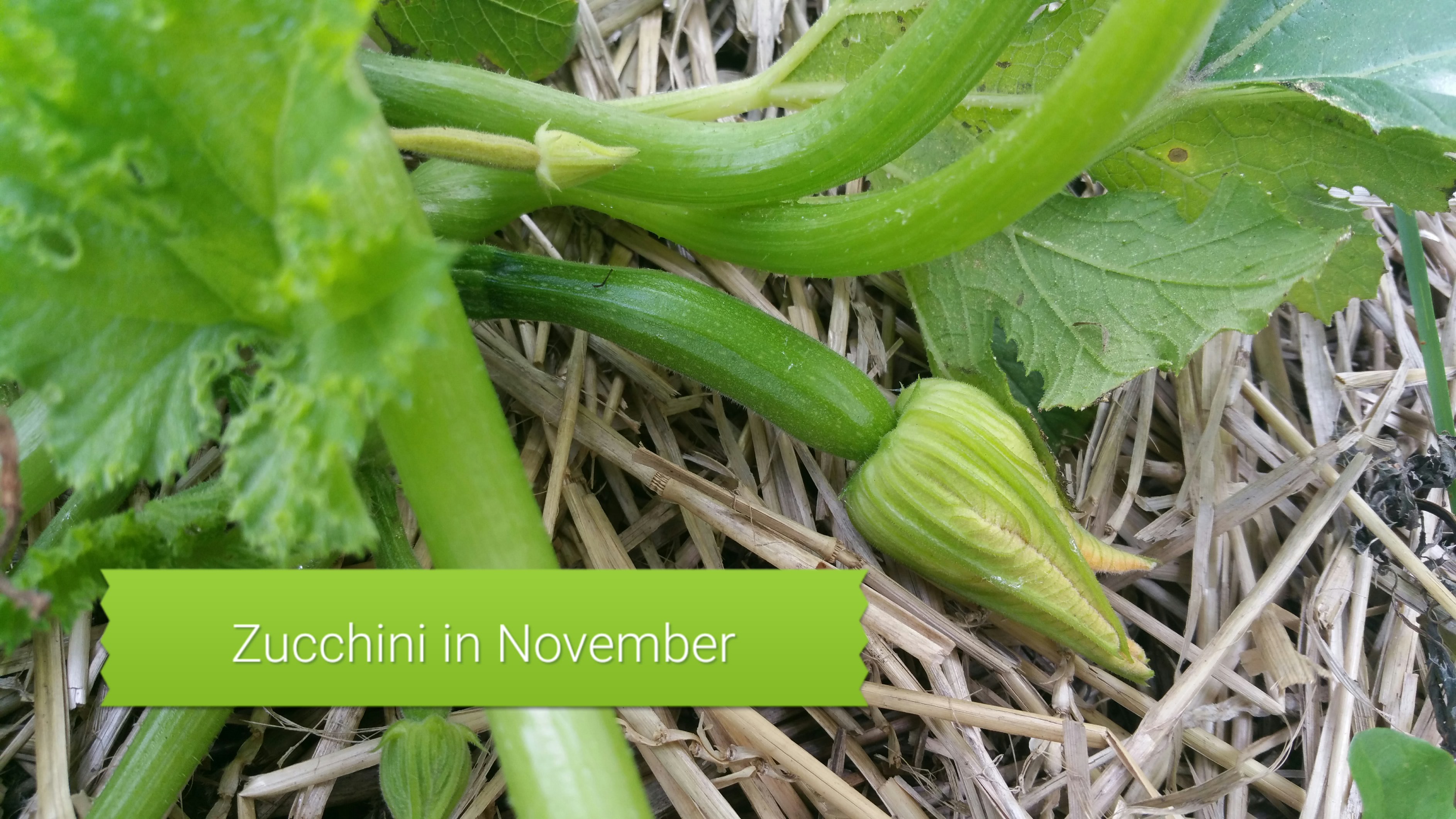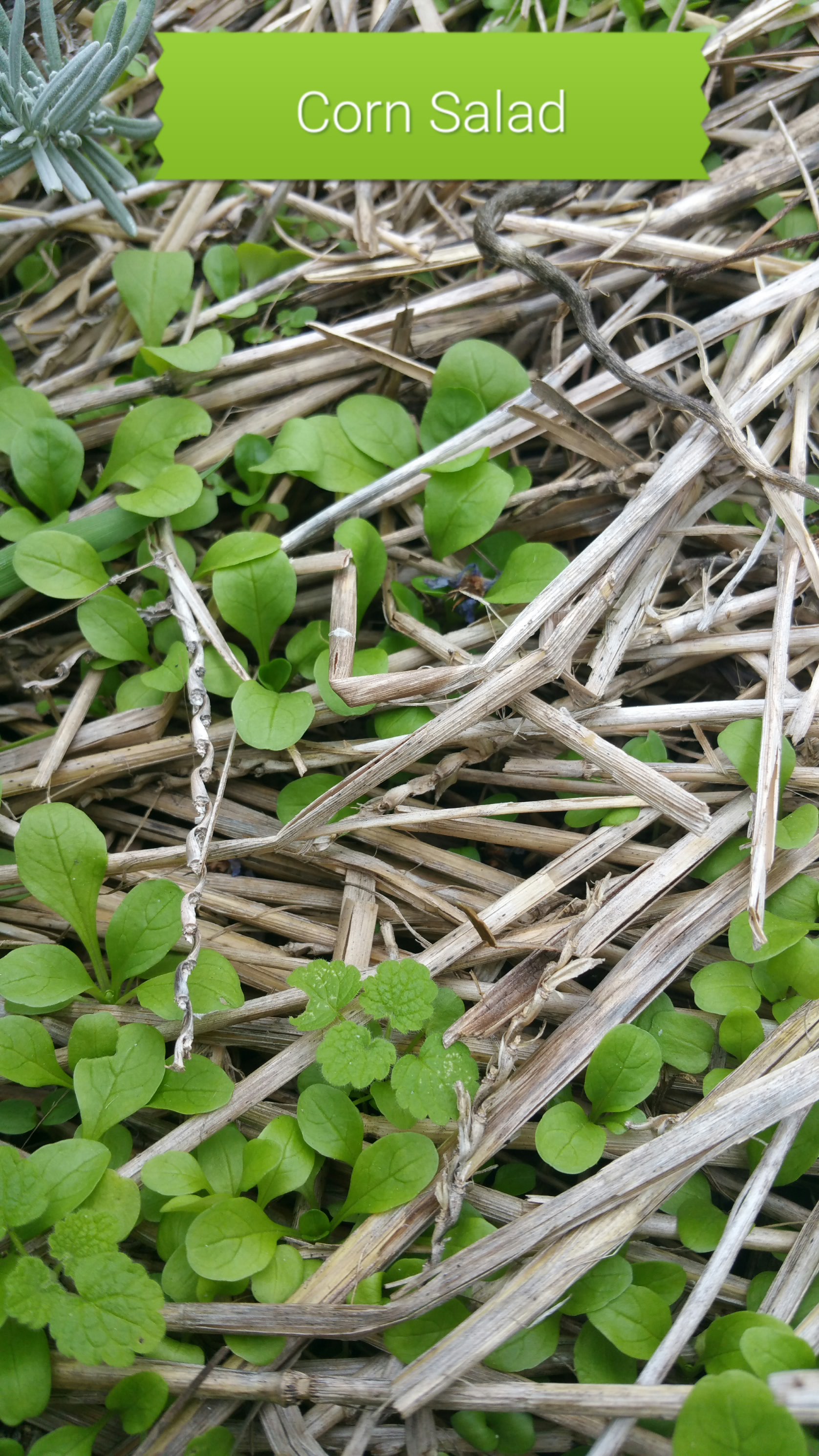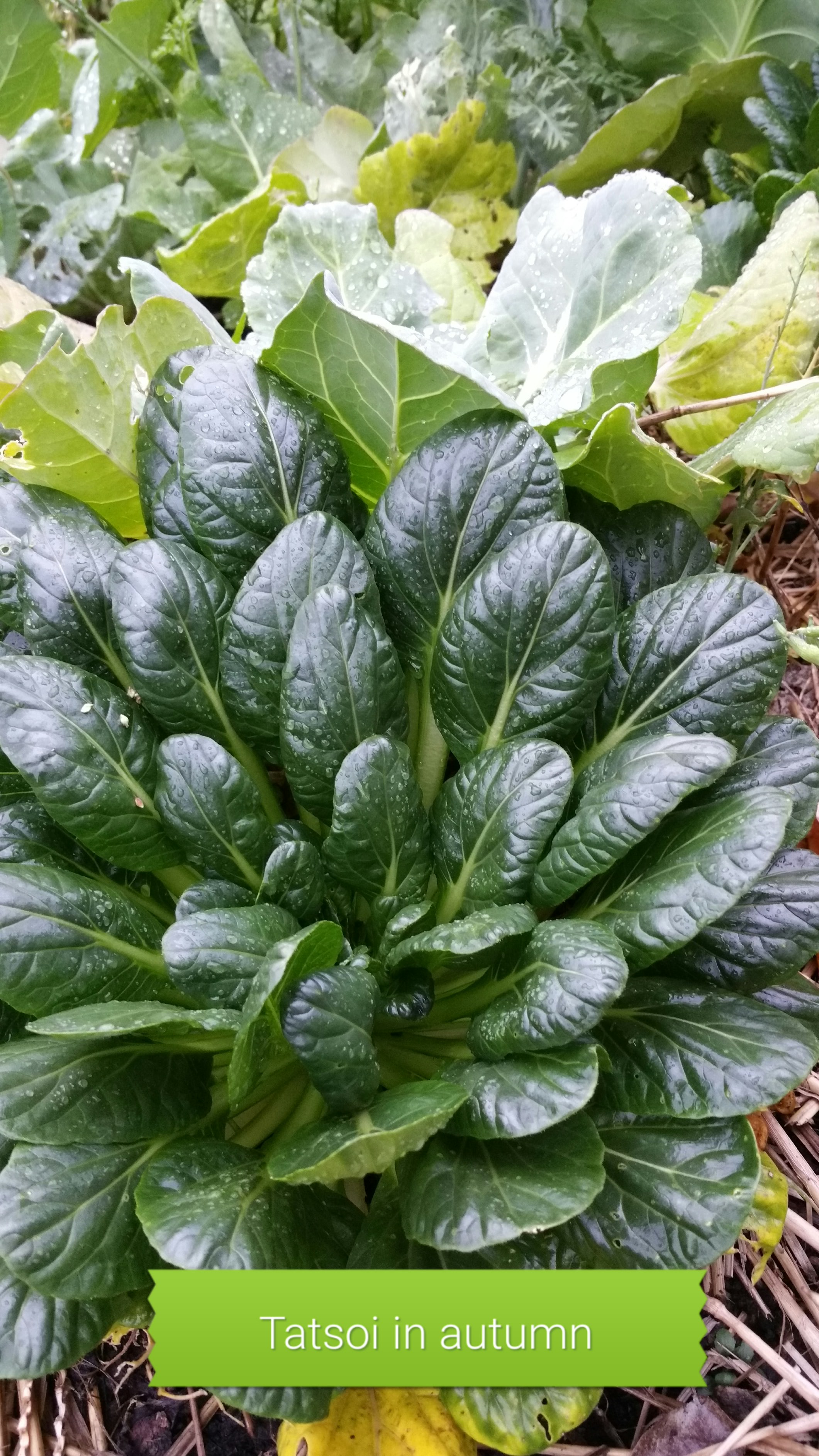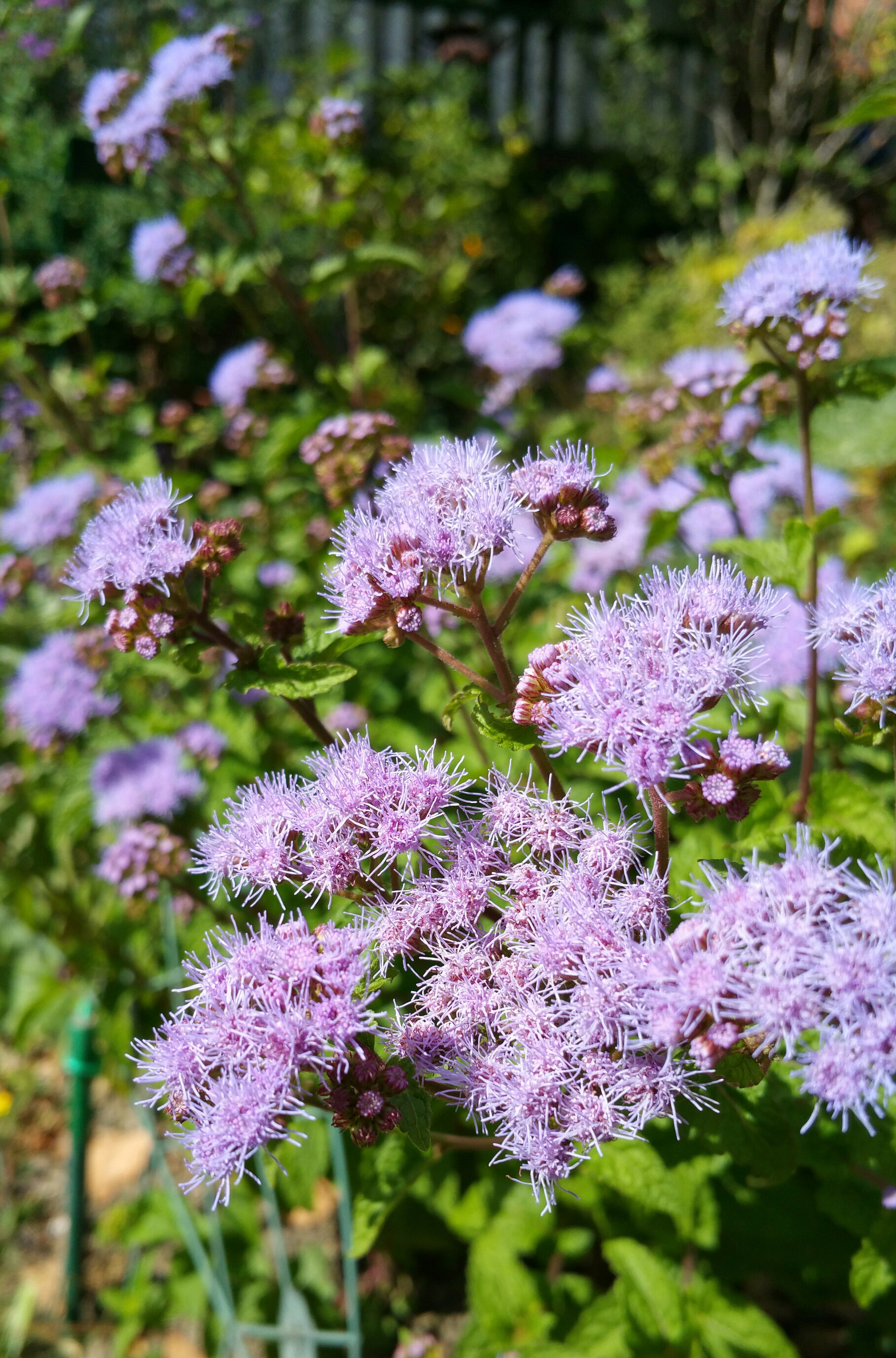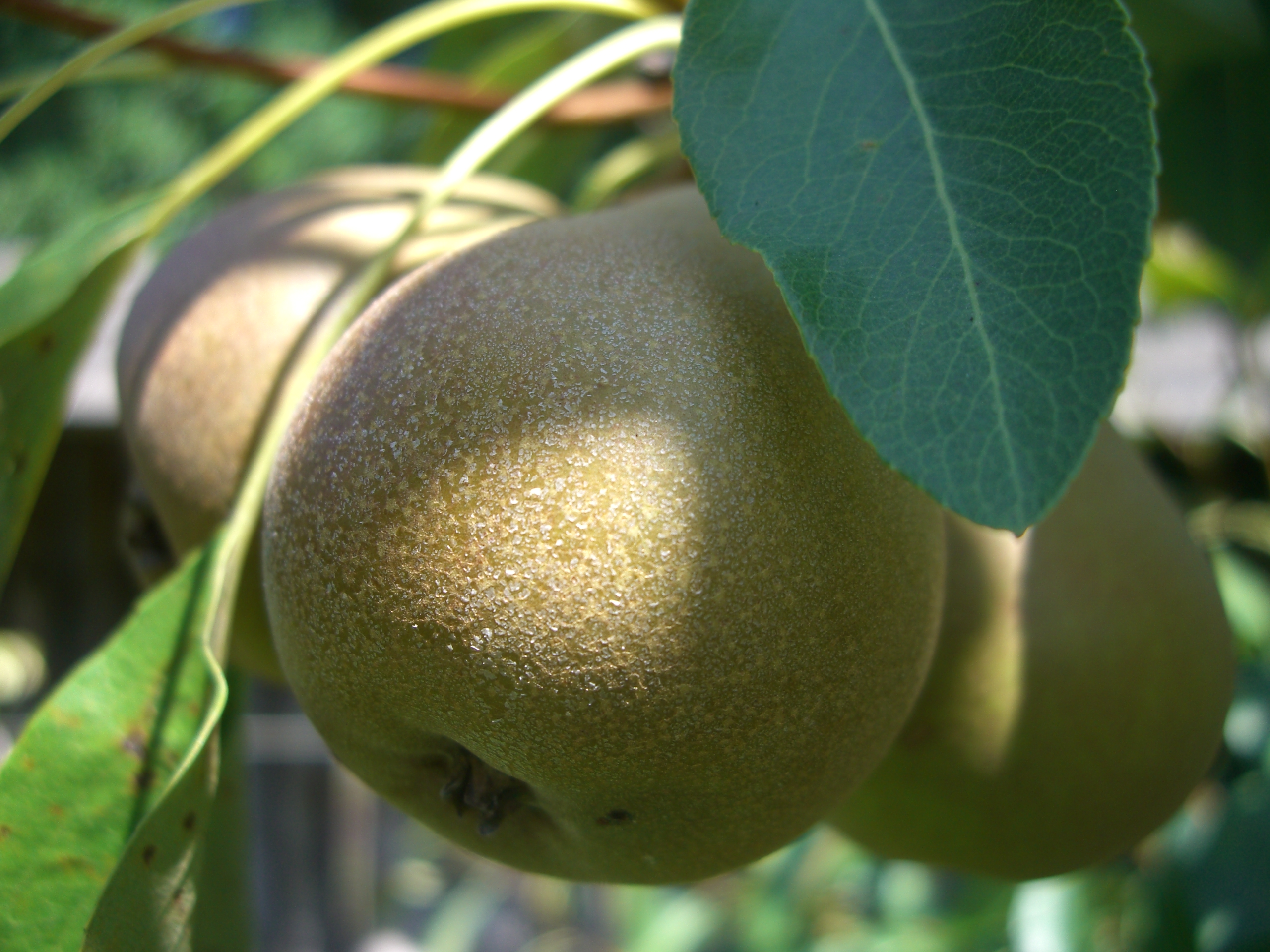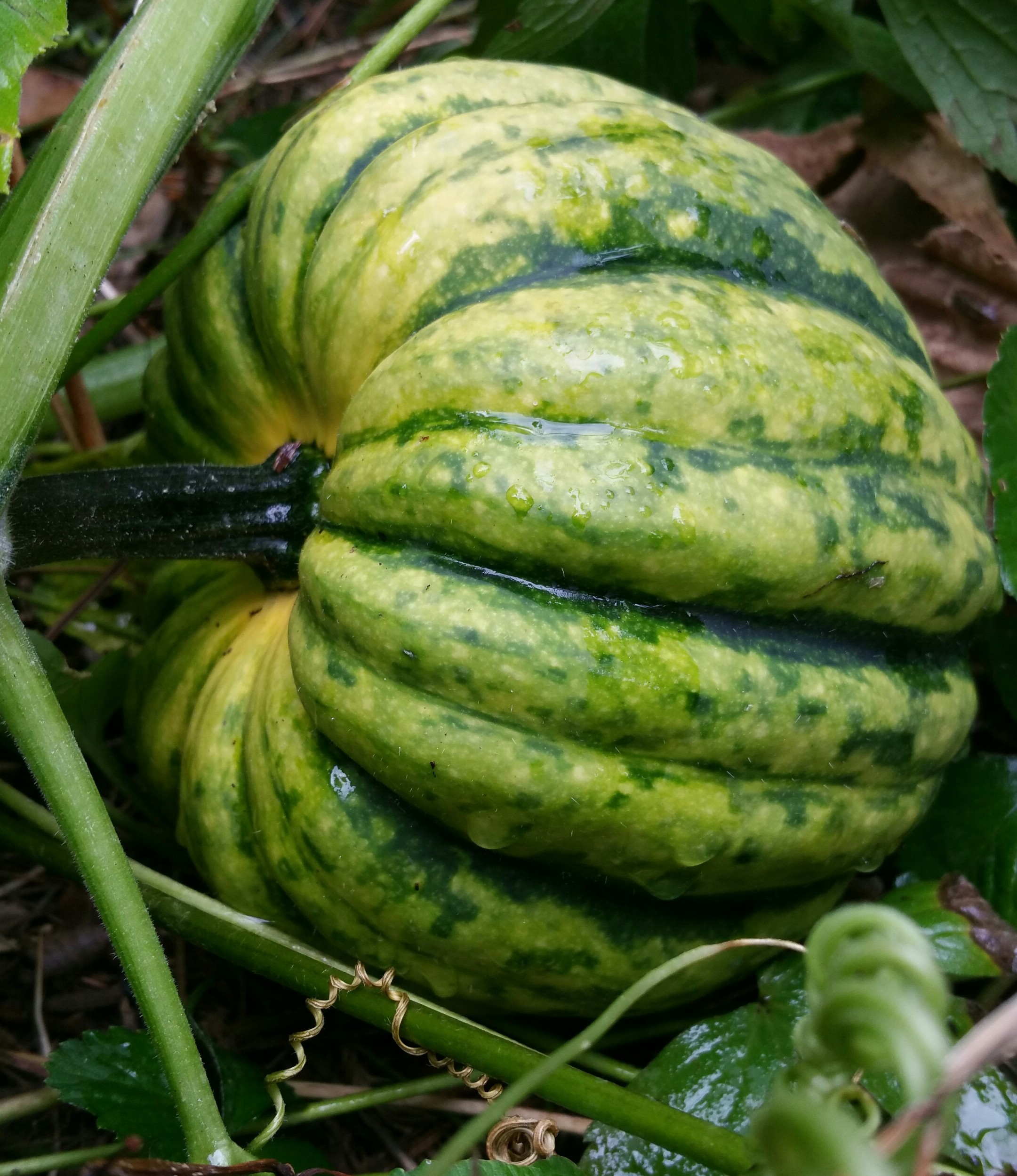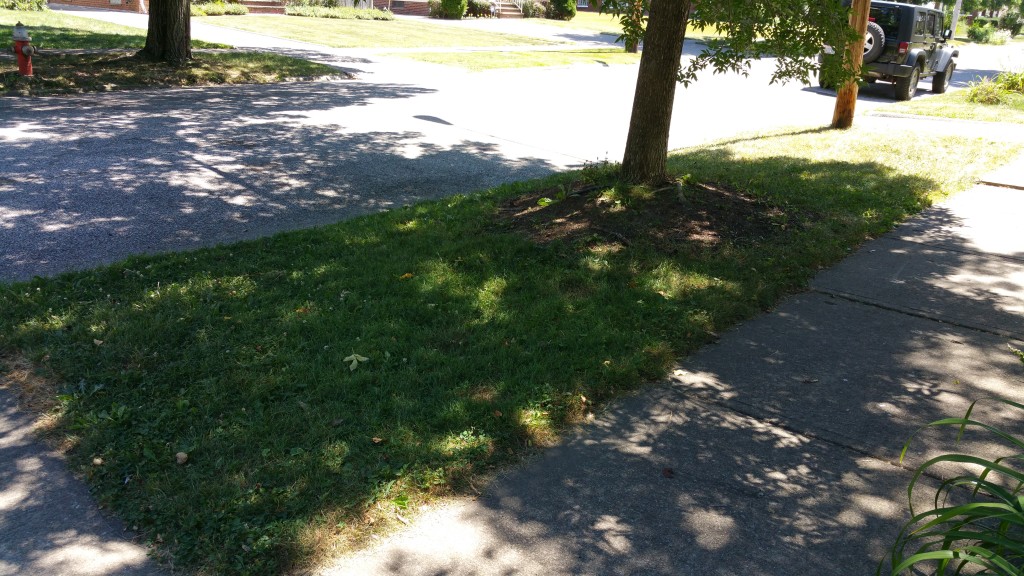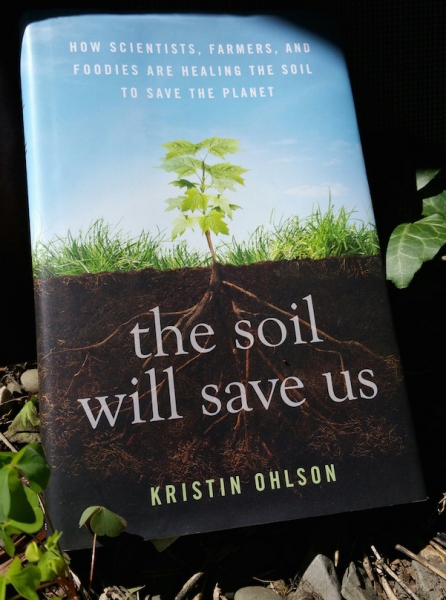Ann McCulloh is a contributing editor, whose motto is “Eat Your Yard”
The fresh young shoots of stinging nettle (Urtica dioica) are one of my favorite spring greens to sauté and eat with eggs. This delicious, mild, nutty-flavored wild vegetable has more nutrition than spinach, and pretty much grows itself, unlike fussier garden greens.
I like to chop and sauté’ the leaves (for about 8 minutes) with mushrooms and garlic, or combine them with dandelion greens and garlic mustard as a side dish, a soup base, quiche or savory pastry filling. The stems can be tough, so I use mostly the leaves.
About the “stinging” part! The sharp, hollow hairs on the leaves and stem contain formic acid which causes a rather brief but intense sting when touched. Cooking or thorough crushing destroys this stinging capability, drying the leaves does not! So nettles are not traditionally eaten raw. I harvest and clean them with gloves on, and recommend you do the same.
One of the earliest greens to harvest, nettles satisfy my longing for fresh fare at a time when most garden plants are awaiting balmier weather. Their delicate flavor is accompanied by a whole alphabet’s worth of nutrients. According to the website nutritionvalue.org, nettles are particularly rich in protein, Calcium, Iron, Magnesium, Manganese, Silica, Vitamins A &K, beta-Carotene, Lutein, as well as significant amounts of other vitamins, minerals and anti-oxidants. Rather than buying powdered green “superfoods” for super bucks, I prefer to pick my own in the form of this humble and prolific backyard perennial “weed.”
I started with just one plant a couple of years ago, and it has spread to an 8’ x 8’ patch. That suits me fine. I also harvest and dry big bunches of the leafy stems to have for tea and add to soups throughout the year.
Experts advise picking it before it starts to flower in midsummer, although herbalists also collect nettle seeds for medicinal uses. The plant will take off and spread like mint if planted in damp, rich soil in partial shade. Control it by sinking it in a pot in the ground or just harvest it vigorously and often, like I do!
